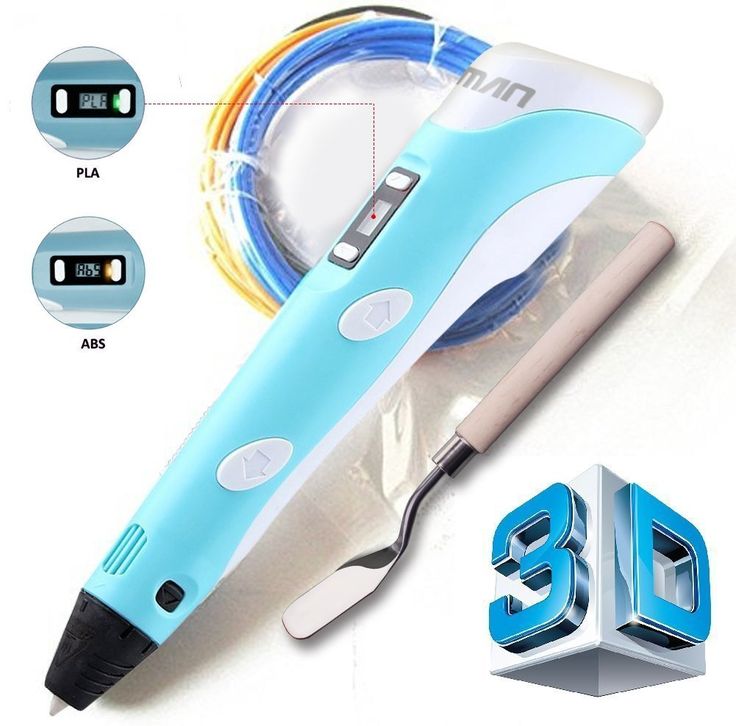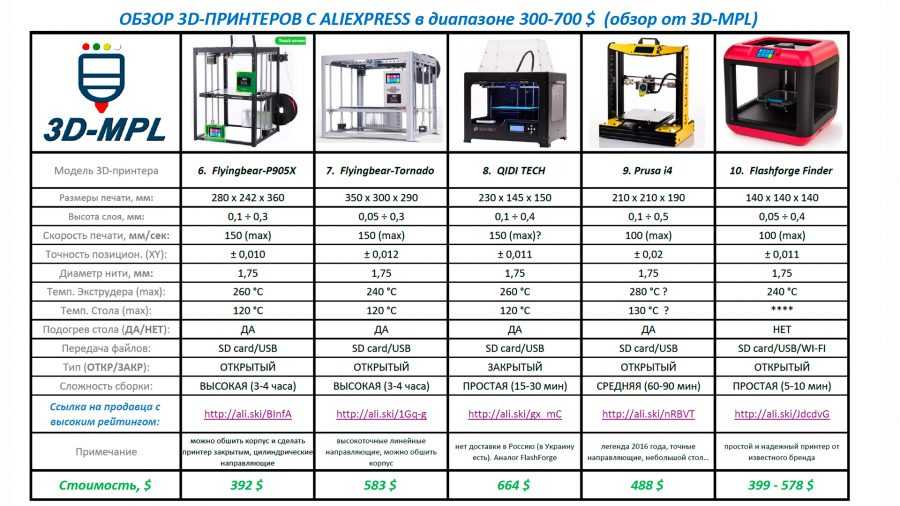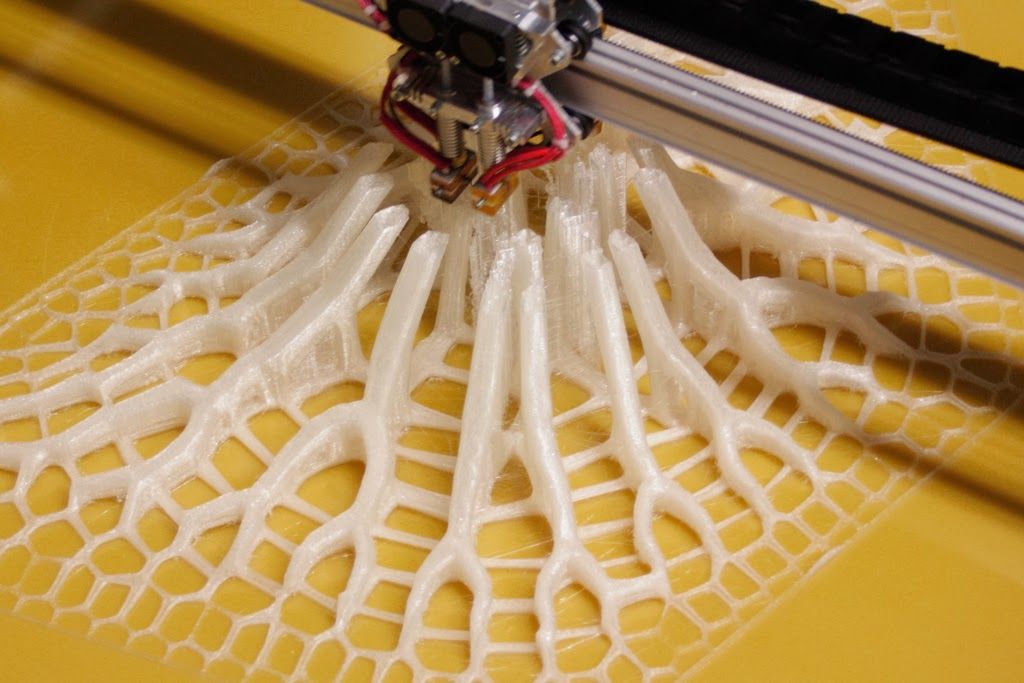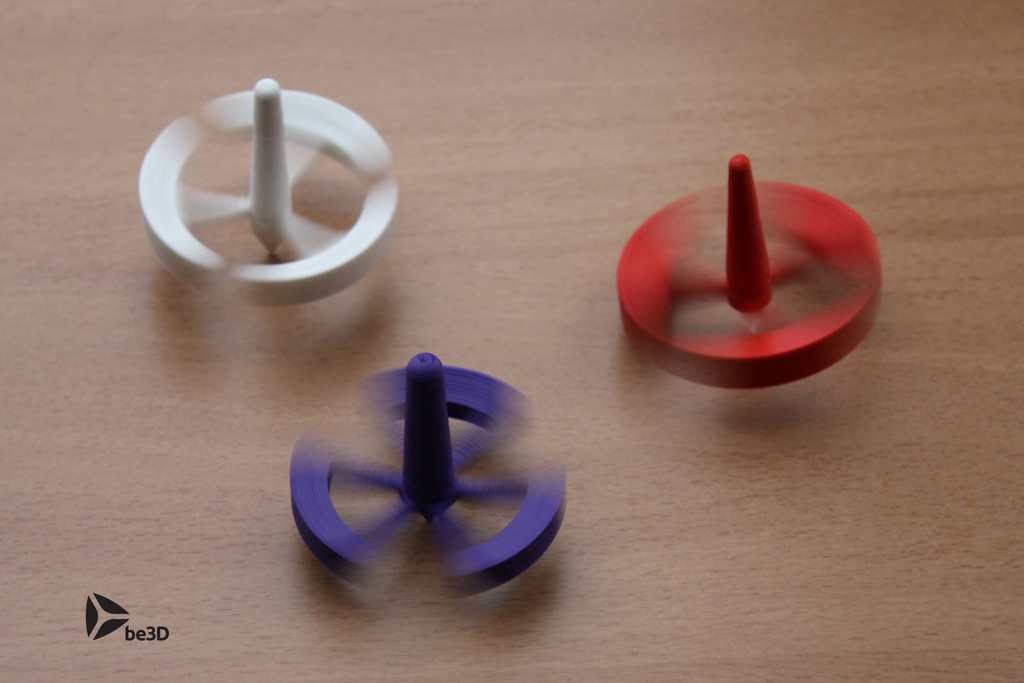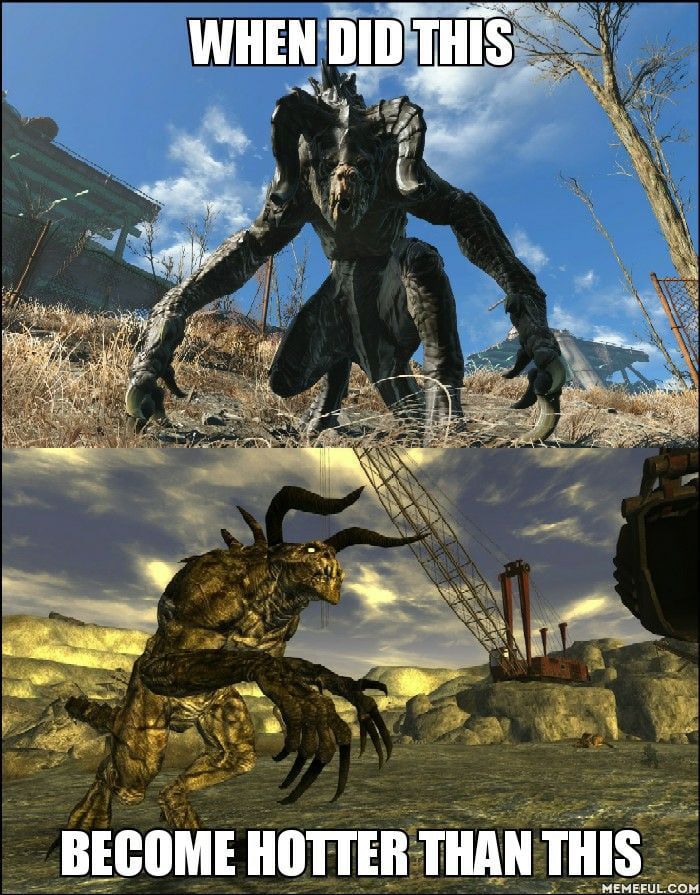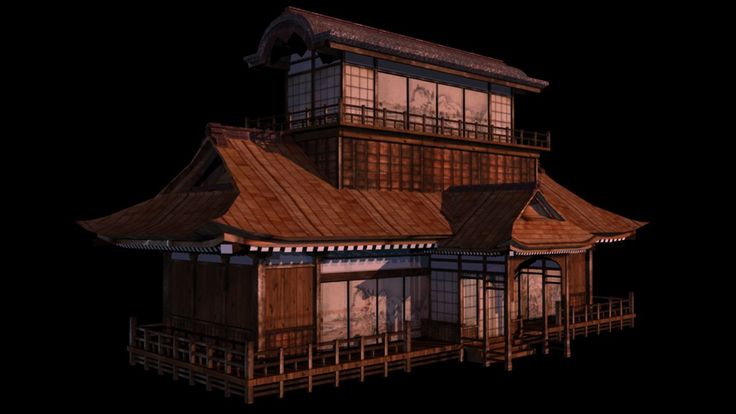3D printer pen kids
The Best 3D Pen For Kids
This post may contain affiliate links.
Sharing is caring!
- Share
- Tweet
If 3D designing is your jam, you might be interested to know that there is something out there called a 3D Pen! There are lots of really cool ways to use 3D pens and this article is going to break down the best 3D pen for kids.
The name is a bit deceiving because I wouldn’t call this a pen! The filament(plastic) melts out of the heated tip of the pen like a mini hot glue gun. This melting process allows the user to create all kinds of never-before-possible 3D objects!
However, as the parent of a budding 3D Artist, there are some considerations to keep in mind.
All About 3D Pens for Kids – What to Know Before You Buy!The filament on these pens is usually loaded from the back or side, far enough away from the tip that you won’t have any accidental melting. Once the filament is heated and being extruded, you and your little artist/designer can make pretty much anything you want!
The nice thing about a 3D Pen, as opposed to a 3D Printer, is the level of creativity that you can achieve. Some artists have been able to create amazingly beautiful pieces using nothing but a handheld 3D Pen.
3D Printing requires precision and attention to detail with little room for error due to the length of time printing can take. With a 3D Pen, if you make a mistake, you just scrap that piece and start over! (Otherwise known as debugging for your creative side!)
Did you know how important creativity is to teaching your kids code? Creativity and imagination both play a huge part in computational thinking skills which include everything from pattern recognition to critical thinking.
Encouraging your kid coder(s) to imagine, create, and try something new isn’t just a good idea, it’s essential for cultivating the perseverance and problem-solving skills their brains will need later in life!
With all this information about 3D pens for kids, you might be feeling a bit overwhelmed.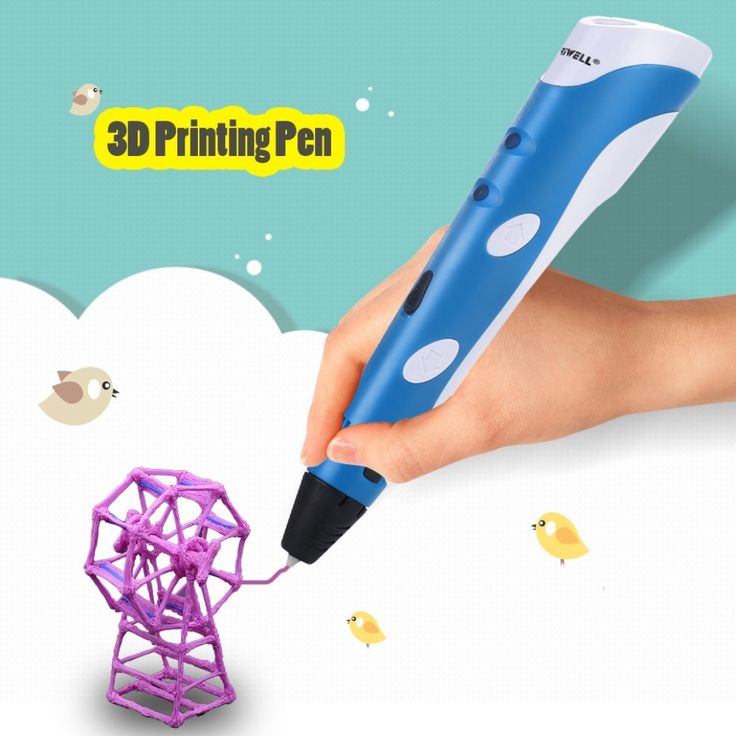 There are a lot of options out there, so it might help if you narrow your search by asking yourself a few questions.
There are a lot of options out there, so it might help if you narrow your search by asking yourself a few questions.
Common Questions when Choosing the Best 3D Pen
Who will be using the 3D Pen?There is a big difference in a 3D Pen built for a child vs. one built for an adult. Most companies will tell you in the product description who the pen is made for. The 3Doodler Start set is a great way for kids to get into 3D design, but the pen can be hard for an adult to hold.
On the other hand, the 3Doodler Create set is perfect for adults, but the need to stay plugged in and the higher heat point of the pen tip make it a less-than-ideal choice for kids.
Does the 3D Pen have to stay plugged in?Some 3D Pens have to stay plugged in during use. As you can imagine, that can be a detriment to some artists.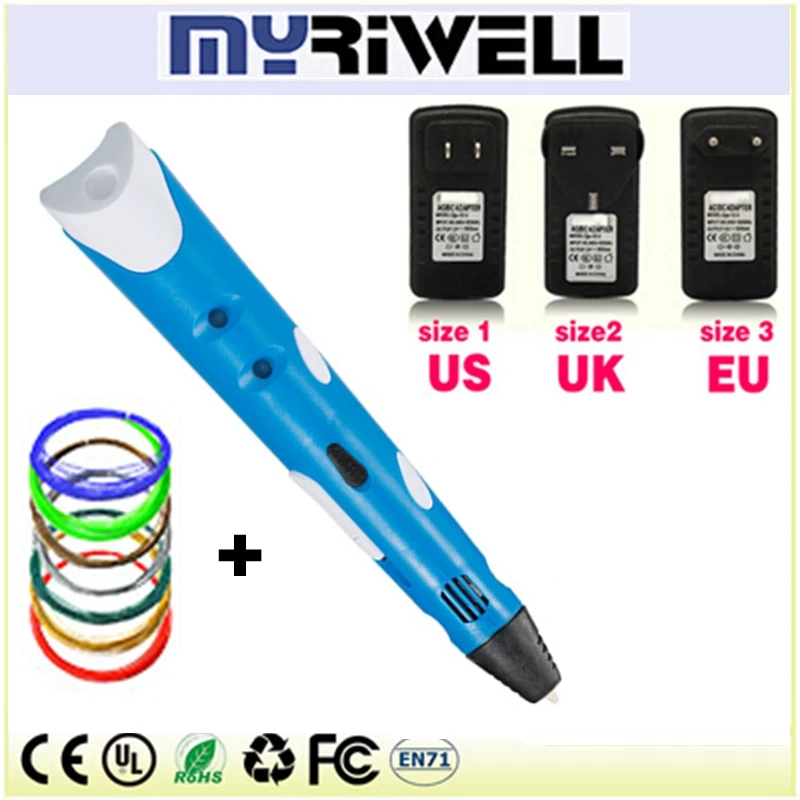 Others, like this TECBOSS SL300, can charge, then be disconnected from power for use.
Others, like this TECBOSS SL300, can charge, then be disconnected from power for use.
There does seem to be a connection between the power source and filament type, however, which is something to keep in mind. This brings up the next point;
A 3D Pen is only as good as the filament that comes out of it. Most pens can handle at least two kinds of plastic; the more brittle ABS and the softer PLA. The best 3D pen filament will depend on the project and your pen.
Some pens can go even farther and are able to use materials made out of things like wood, algae, and nylon. Just expect the less-common filaments to cost you a bit more.
In fact, plan on paying a bit more for 3D Pen filament anyway. Most of the time they come in packages with a variety of colors, and we all know some colors will be more popular than others.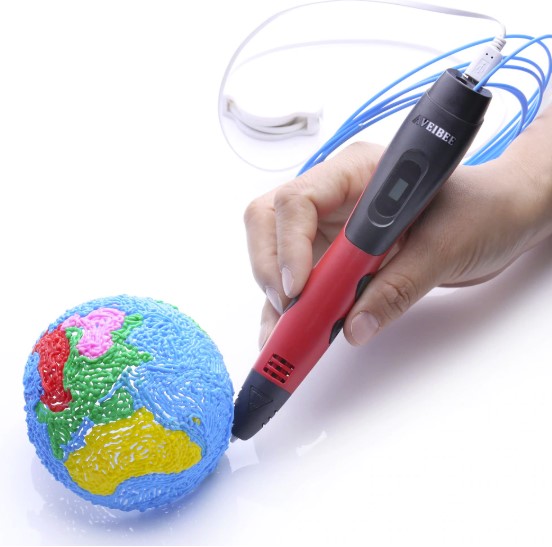 (Sorry, gray.)
(Sorry, gray.)
When comparing 3D Pens, make note of how much the filament refills are from the start. That cost might make a mid-priced item suddenly much more expensive!
What is the purpose of the pen?Hopefully, you are reading this to get ideas on being creative and helping expand your little coder’s capacity for creativity. Teach your kids to be creative with something you can afford. There are benefits and drawbacks to every 3D Pen, so go with whatever pen you feel most comfortable with.
This MYNT3D Professional Printing 3D Pen would be wonderful for older kids. So would the 3Doodler Create set. These two products are pretty similar, so it might come down to a difference in the price of shipping and handling.
What you need to decide on before you start looking is what you are hoping to teach your kids with a 3D Pen.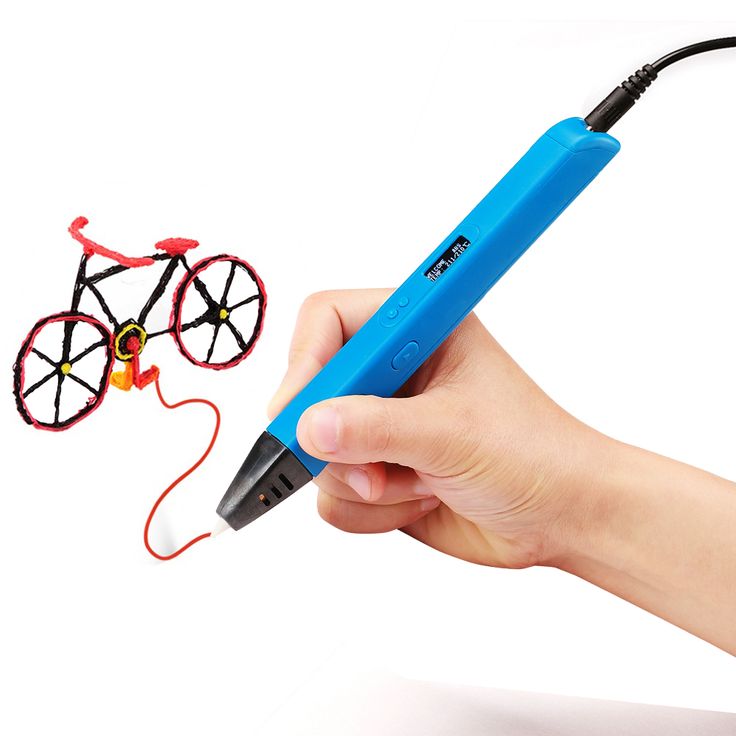 That purpose might push you towards one pen or another. Once you have thought through these questions, you can start looking for a specific 3D Pen that will meet your needs.
That purpose might push you towards one pen or another. Once you have thought through these questions, you can start looking for a specific 3D Pen that will meet your needs.
The best 3D pen for young children is the 3Doodler Start as its covered tip reduces the risk of burns from the hot filament. We have a beginner 3D pen tutorial that takes you through the basics of using this pen.
When it comes to teaching your kids code, one of the essential elements is to HAVE FUN! Be creative, be silly, use your imaginations, and play! Use 3D Pens to create something you never could have before, and help your little coder get creative!
The skills of critical thinking and problem-solving (not to mention visualization and planning) have benefits in so many areas of life besides coding skills.
Teaching your kids code and getting creative with a 3D Pen just happens to be some ways to reinforce those skills in a creative, engaging, and hands-on way! What will you and your little one create with your 3D Pen?
Best 3D Pens for Kids
Bestseller No.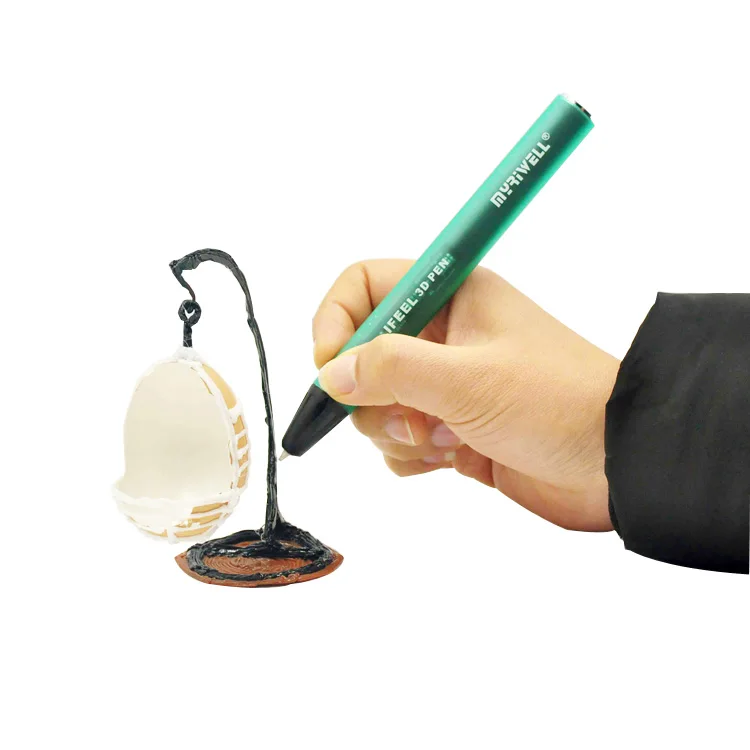 1
1
13,646 Reviews
MYNT3D Super 3D Pen, 1.75mm ABS and PLA Compatible 3D Printing Pen*
- Turn your ordinary drawings into 3D works of art
- Stepless speed slider lets you regulate flow for optimal control of material while you're drawing
- New: ultrasonic sealed nozzle is nearly clog-proof and provides market leading durability
Bestseller No. 2
6,556 Reviews
3Doodler Start+ Essentials (2022) 3D Pen Set for Kids, Easy to Use, Learn from Home Art Activity Set,...*
- [THE ONLY CHILD-SAFE 3D PRINTING PEN] Designed with no hot parts, completely safe for kids aged 6+. Pen nozzle and plastic can be touched with no burn risks. Uses only the safest 3Doodler Start plastic filaments!
- "[UPGRADED EXPERIENCE with MORE PLASTICS & STENCILS] Slimmer and easier to hold, charges 50% faster, has 50% more 3Doodler Start filament, 10 new stencils and an added safety stand-by mode.
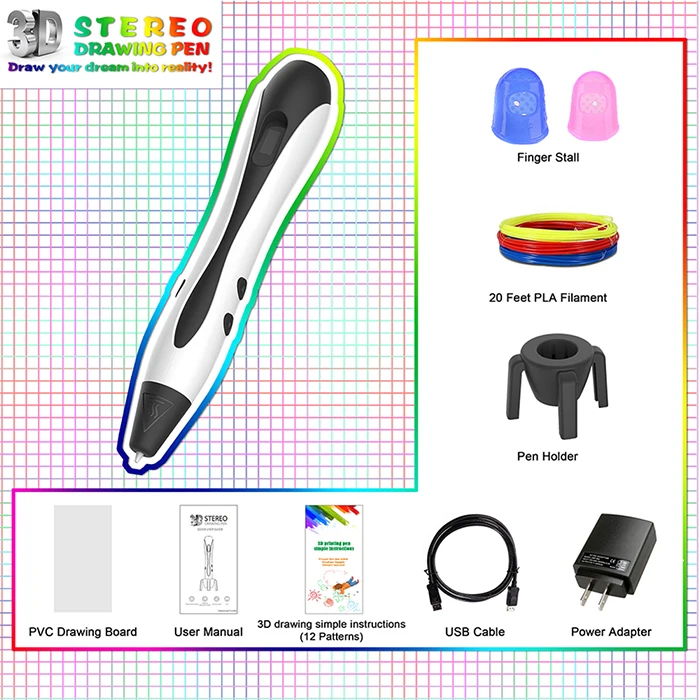 All these upgrades are made for the best 3D drawing experience! "
All these upgrades are made for the best 3D drawing experience! " - [REFILLS MADE IN THE USA] The 3Doodler Start uses a proprietary child-friendly PCL plastic made at our production facility in Ohio. Learn more by scrolling down on this page.
Bestseller No. 3
966 Reviews
MYNT3D Junior2 3D Pen for Kids [2020 Model] Child Safe Low Temperature Printing Pen (NOT Compatible with...*
- 3D Pen designed specifically for kids, with easy to grasp ergonomic design and low temperature nozzle that wont burn young hands
- Watch your young artists, architects or builders imagination grow off the paper in 3D
- Junior2 is updated with the same sealed nozzle design as more advanced MYNT3D pens to stop clogs and provide countless hours of enjoyment and learning
Beginner 3D Pen Tutorial
Have a 3D pen but not sure how to get started? Want to introduce 3D pens to your classroom? Our comprehsnsive step-by-step 3D pen tutorial will show you how to get started tracing shapes, letters and designing your own bubble wand.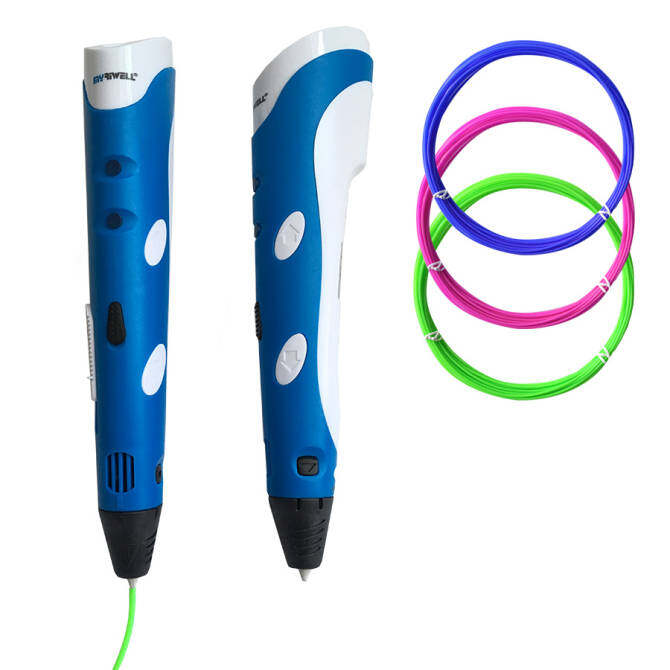
Frequently Asked Questions about 3D Pens
Can kids use a 3D pen?
Yes! Kids can have fun creating with 3D pens. Kids will learn creative thinking, spatial visualization and problem solving with a 3D pen.
What age is a 3D pen for?
We recommend 3D pens for kids age 6+. Kids as young as 6 can enjoy creating with a kid-friendly 3D pen.
What is the best 3D pen for beginners?
We love the 3Doodler create for beginners starting out with 3D design. This pen is the perfect choice for beginners.
What is the best 3D pen for a child?
We love the 3Doodler start for kids starting out with 3D design. This pen is the perfect choice for little hands!
Pin for later!
Katie Victoria
Katie is mom of two rambunctious boys and a self-proclaimed super nerd.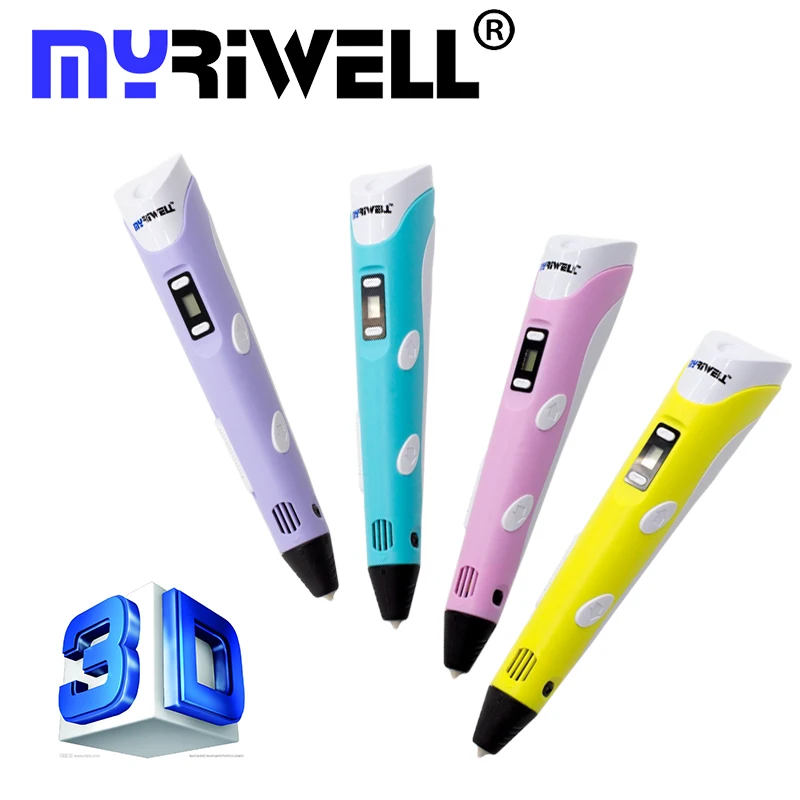 With a background in neuroscience, she is passionate about sharing her love of all things STEM with her kids. She loves to find creative ways to teach kids computer science and geek out about coding and math. You can find her blogging at Teach Your Kids Code.
With a background in neuroscience, she is passionate about sharing her love of all things STEM with her kids. She loves to find creative ways to teach kids computer science and geek out about coding and math. You can find her blogging at Teach Your Kids Code.
3Doodler Start+ | Our Award-Winning 3D Pen for Kids
Start Shopping
Shop Pens Shop Plastics Shop Accessories Shop EducationPens
Plastics
Accessories
3Doodler Start+ Essentials 3D Printing Pen Set
$49.99
3Doodler Start+ Maker Bundle
$59.99
3Doodler EDU Start Learning Pack (6 Pens)
$349.00
3Doodler EDU Start Learning Pack (12 Pens)
$599.00
3Doodler Start DoodlePad
$4. 99
99
Sold Out
More Info
3Doodler Start Challenge Cards
$9.99
3Doodler Maker Challenge Cards
$9.99
Sold Out
Available only at the3doodler.com
More Info
3Doodler EDU STEM Accessory Kit
$12.99
3Doodler "What Will You Create?®" Project Book
$24.99
Sold Out
More Info
Eco Plastic - Stars & Stripes Regular price
$11.99 1199
Select Your Color:
75 Strands 75
Eco Plastic - Color Pop Regular price
$11.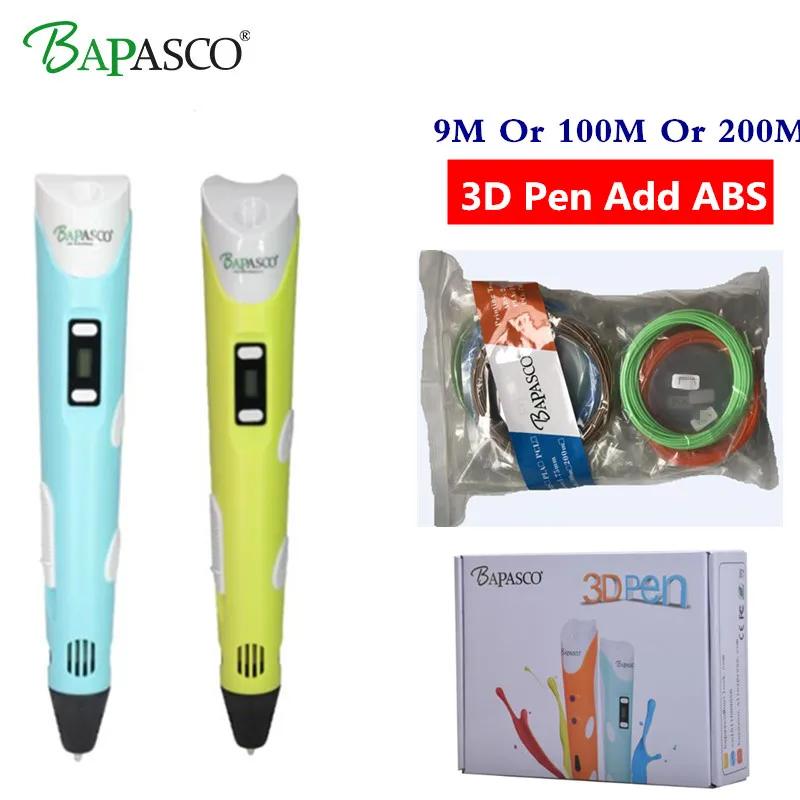 99 1199
99 1199
Select Your Color:
75 Strands 75
Eco Plastic - Garden Blend Regular price
$11.99 1199
Select Your Color:
75 Strands 75
Eco Plastic - Green Regular price
$11.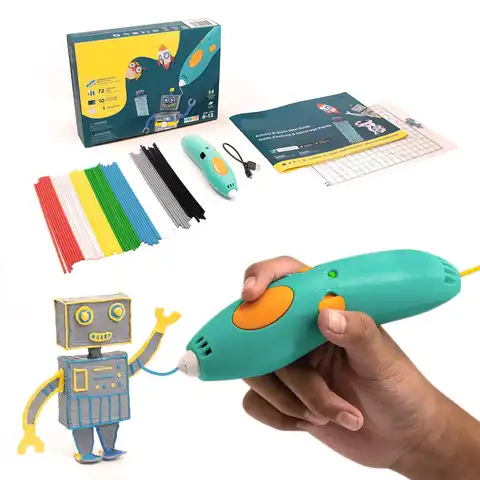 99 1199
99 1199
Select Your Color:
75 Strands 75
250 Strands 250
Eco Plastic - Yellow Regular price
$11.99 1199
Select Your Color:
75 Strands 75
250 Strands 250
Eco Plastic - Black Regular price
$11.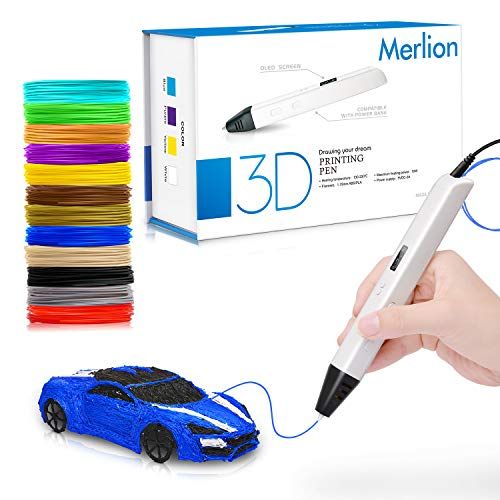 99 1199
99 1199
Select Your Color:
75 Strands 75
250 Strands 250
3Doodler EDU Start Learning Pack Plastic Kit, 1200 Strands
$199.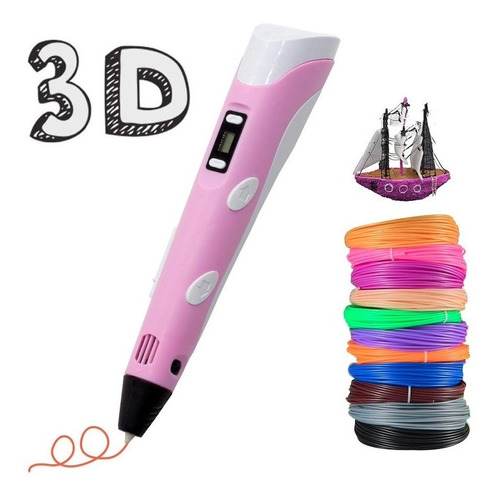 00
00
3D printers and 3D pens
HOW DO 3D pens AND 3D PRINTERS WORK AND WHAT DO YOU NEED?
Define. Devise. discovery.
“Maybe you guys are not mature yet. But your kids will love it.”
“Wow!” - you will say when you find out that 3D printers are actively used in medicine. At the moment, scientists are already able to make some organs. The simplest ones (ears, nose, face) can be printed, while the complex ones (heart, liver, kidneys) are still in development. Is this not the future? nine0005
Technologies in the 21st century are developing rapidly, you will not have time to get up from the couch, as something new will come out. Now you will not surprise anyone with the abbreviation "3D", but not everyone knows that the First Department of Computer Graphics was opened back in the 1960s by Ivan Sutherland and David Evans at the University of Utah. Sutherland created the program that was the prototype of all modern 3D editors and CAD systems - Sketchpad.
(Ivan Sutherland and David Evans)
Today you can watch movies in 3D at home on your 8K TV, although until recently 3D was only available in cinemas.
3D technologies have taken over the world and penetrated into the most diverse areas: 3D image, 3D model, 3D printer and even 3D pens. We will dwell on the last two points in more detail. What do you know about 3D printers and pens? Nothing? We didn’t know anything either, but we figured it out and are ready to share it with you. ISI media center is online! Go! nine0005
3D pens - SIMPLE AND COMPLEX
3D pen is something you never dreamed of as a child. This is what modern children beg from their parents in the same way as you once begged for an ordinary kinder.
Where did it come from? In 2012, inventors Peter Dilworth, Daniel Cowan and Maxwell Baugh invented a prototype 3D pen.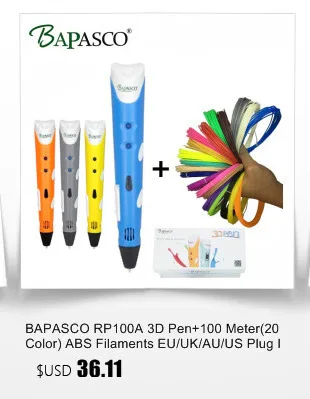 The 3d pen they created in one day was tested, and it took about 14 hours to create the first 3d object. Realizing that 14 hours is long enough, they improved their prototype and brought 3Doodler to the market. nine0005
The 3d pen they created in one day was tested, and it took about 14 hours to create the first 3d object. Realizing that 14 hours is long enough, they improved their prototype and brought 3Doodler to the market. nine0005
(photo by Peter Dilworth and Maxwell Baugh)
What is it for? For creativity, for developing activities with children, for correcting models printed on a 3D printer, and even for minor household repairs of plastic items.
How does it work? The main material is PLA and ABS plastic: the first is made from natural products, the second is made from petroleum.
What are 3D pens? Cold and hot. The first ones are painted with photopolymers, fast-hardening resins. The latter use a coil with polymer alloys, which, when melted, acquire the desired shape. nine0005
Designation 3 D - handle
To begin with, 3D pens aren't as powerful as you might think.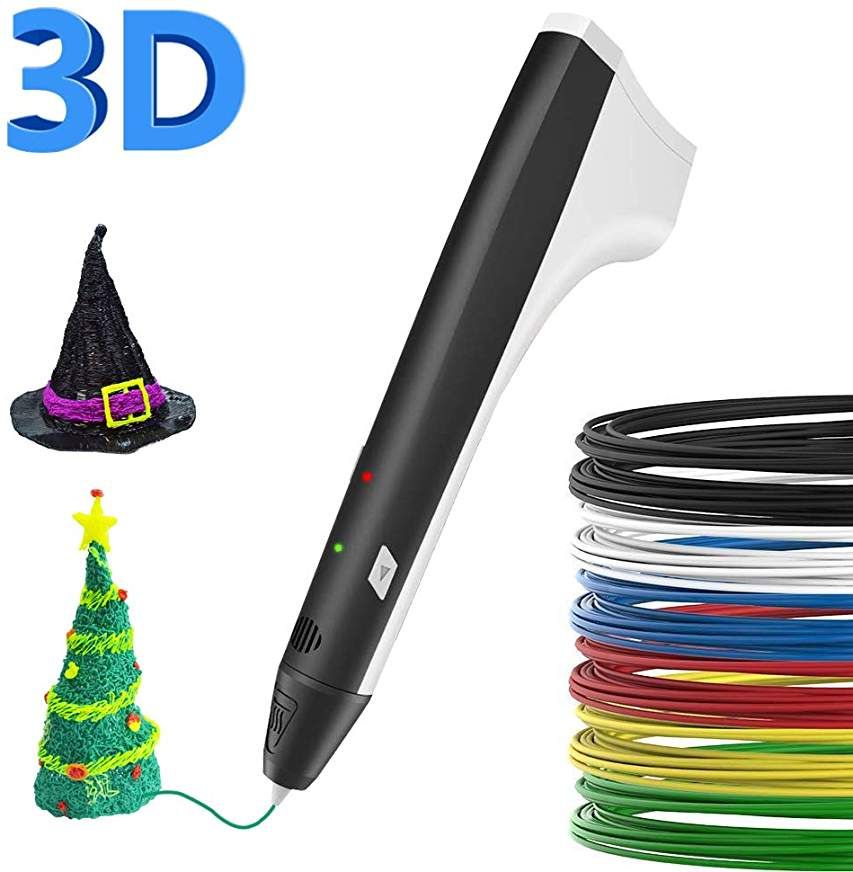 You won't be able to print organs or build houses with them, although the prospect is good. 3D pens are designed to create various shapes of all sizes and colors. They can be used to make small figurines for games, small decorations, and even parts of cosplay costumes!
You won't be able to print organs or build houses with them, although the prospect is good. 3D pens are designed to create various shapes of all sizes and colors. They can be used to make small figurines for games, small decorations, and even parts of cosplay costumes!
3D pens have a wide range of 3D pens for every taste:
1. 3D-pen MyRiwell Pen without display is one of the most inexpensive pens that can be a great tool for a creative person or a great gift for a child.
The pen allows you to draw separate parts of the figure on a plane with ABS plastic, and then combine them into three-dimensional objects. Also, any 3D pen can be used as a glue gun to hold together small parts in various miniature hand-made assemblies.
2. MyRiwell RP100B 3D pen with LCD display is the next step in the development of Myriwell Pen.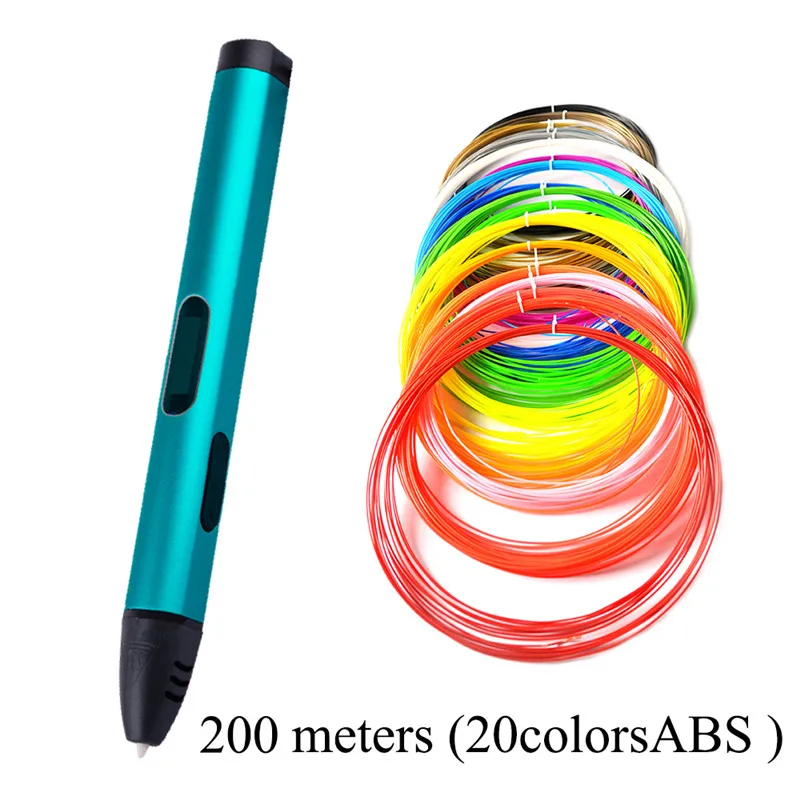
This pen differs from the younger model by the presence of a display showing the mode and the ability to draw not only ABS, but also PLA. Working with PLA provides a wide field for creativity in decorating various objects with three-dimensional patterns; this plastic adheres especially well to fabric.
3. Creopop Pen Creopop is the first 3D pen to feature photopolymerization technology. nine0005
There are no heating elements and the material coming out of it is not at high temperature, which eliminates the possibility of burns and inhalation of evaporating plastic. Plastic polymerizes under the influence of ultraviolet radiation. A cartridge with a liquid polymer is inserted into the pen - no more filament threads sticking out of the 3D pen will hinder your movements in a fit of creativity. This model does not have any wires at all. Due to the absence of heat in the working process of this 3D pen, its power consumption is low enough to operate from the built-in battery.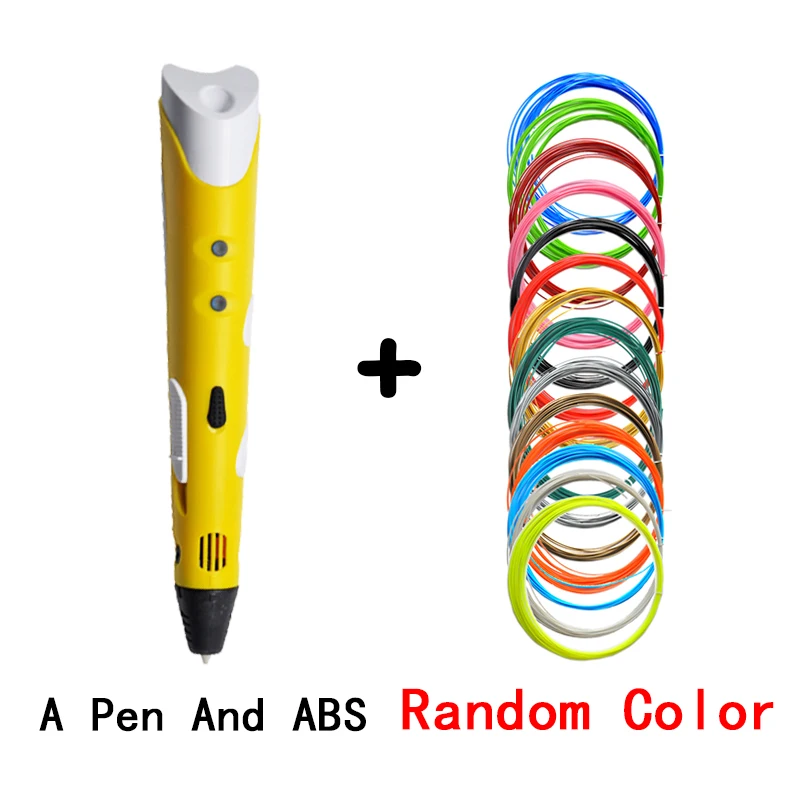 The properties of the materials used allow you to get an impressive result. nine0007
The properties of the materials used allow you to get an impressive result. nine0007
3D pens are not as simple as they seem at first glance. This is not a tool for entertainment, but is a way to express 's creativity and create amazing new things. If you have never tried to create something with a 3D pen, be sure to correct yourself! We are sure you will like it!
It's time to move on to
3D PRINTERS
New generations of 3D printers are released every year, specialists use them to create everything that is enough for imagination, for example, various parts for cars, medical devices, build residential buildings printed on printer, and even recreate human organs! nine0005
And what is this miracle machine? 3D printer - external computer device, which is nothing more than a machine tool with numerical control (CNC), designed to quickly produce prototypes of products designed on a PC by layer-by-layer printing.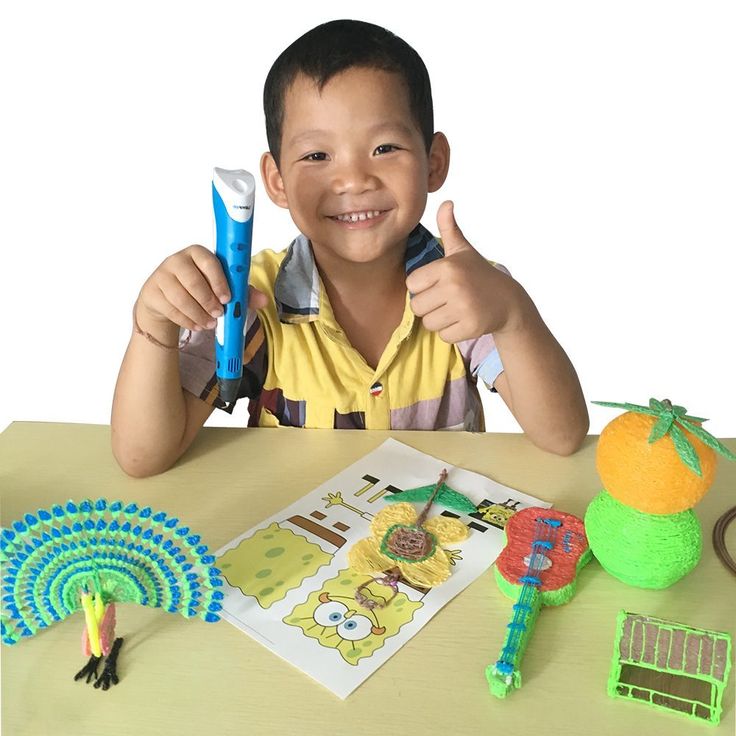
The concept of 3D printing was invented in the 1970s, but the first experiments in this field date back to 1981. A patent application for rapid prototyping technology was filed by Dr. Kodama in Japan on May 1980 years. He was the first to describe a method of creating an object using layering, creating an apparatus for stereolithography. Ironically, Dr. Kodama was unable to register the patent because he did not provide a full description of the patent.
(Dr. Kodam)
In 1986, the first stereolithography device (SLA) patent was issued. This patent belonged to Charles Hull, who invented the SLA machine in 1983.
(Charles Hull)
Will you FDM me? And if "SLA"?
Two old 3D printer technologies.
“Difficult” is what many people think about how 3D printers work. In fact, the printing process is quite simple. There are two main technologies: FDM and SLA. Only threads and resin are needed to work.
(filament and resin printers)
The first use of thermoplastic threads is called FDM. The technology lies in the fact that a person inserts a thread into the upper part of the printer (extruder), it becomes soft and flexible. The thread is held on by a structure that moves it in the right direction. It turns out that the user's task is only to drive in the code that must be written in advance, and put the thread. The 3D printer will take care of the rest of the work.
In the second case (SLA), the magic of resin occurs, but not wood, but complex, polymeric. First you need to pour the resin into the container, then enter the code and that's it. The laser will make the figure, after which it will be necessary to wash the resulting figure and let it cool with ultraviolet light.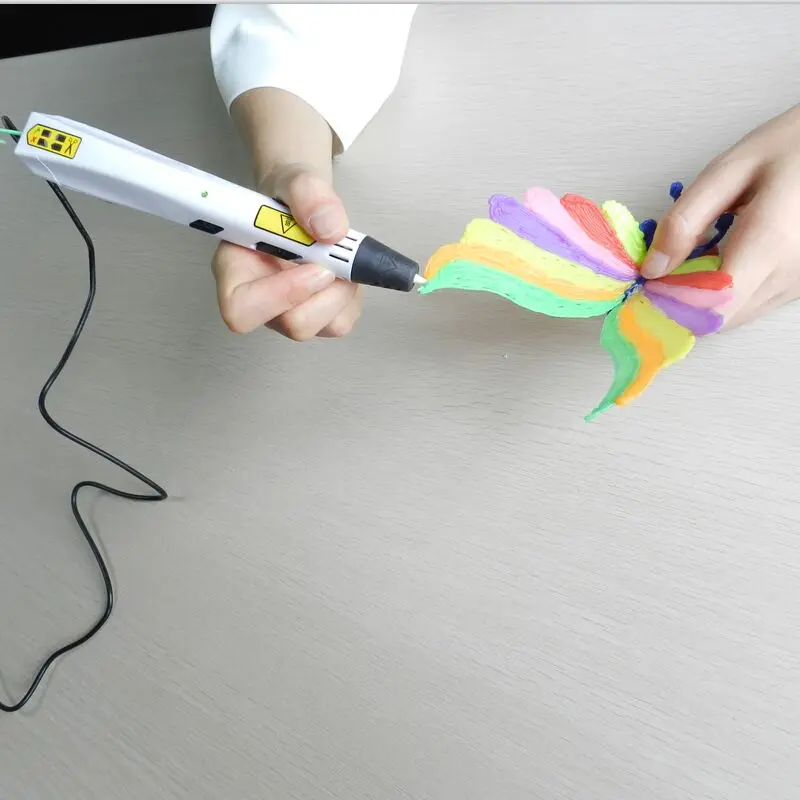 Ready! nine0005
Ready! nine0005
(FDM 3D printer, reel of material and a couple of 3D prints)
The house that… It's hard to believe, but the house printed on the printer is real. In it you can safely spend time, move, live and work. The site presents 10 real buildings printed on a printer.
Mechanical engineering. The use of 3D printing in the technological process solves many problems. The product can be made cheaper and many times faster. Now creating complex parts is not a problem. You draw the model you need, set the code and the product is ready. The human factor is minimized, all the work is done by the machine. A 3D printer is no longer a luxury, it is a complete tool for any production process. nine0005
Theater and cinema are also on point: a 3D printer can create anything!
How can printers and art be related? At first we did not understand either, but then we learned that the connection could be the most direct.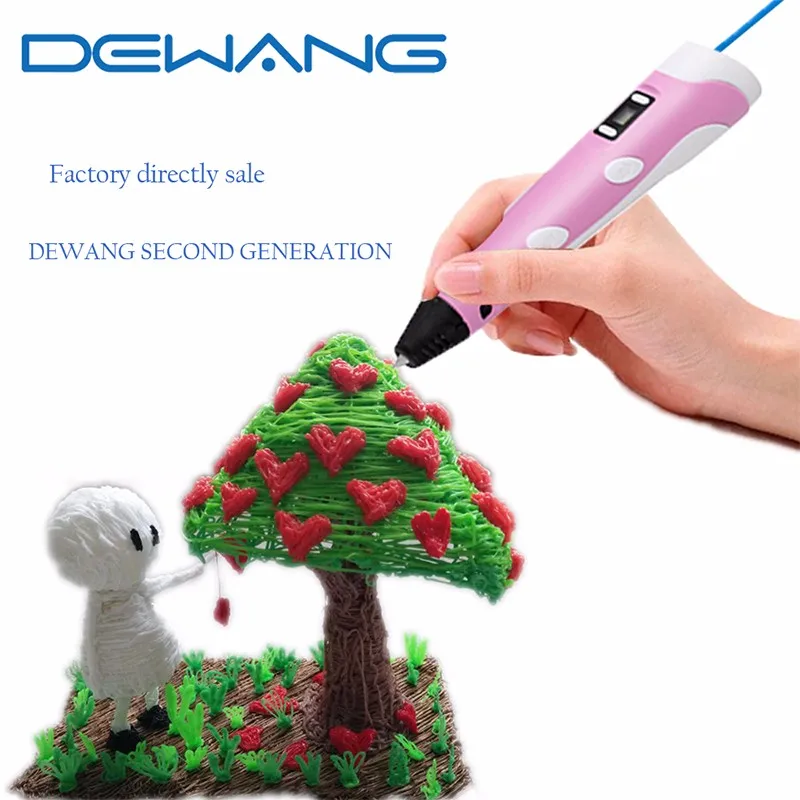 We invite you to watch the interview that we managed to record with Evgeny Umanets.
We invite you to watch the interview that we managed to record with Evgeny Umanets.
“I am an architect, a creative person, and I constantly use 3D printers in my work!”
As it turns out, 3D pens and printers is unusual and very exciting devices with which you can create almost anything. Of course, this cannot be fully compared with the work of a true artist, but experimenting and innovating in art is great! Thanks to new technologies, we are moving into the future at a very fast pace. Everything new and incomprehensible is not always boring and complicated. We did not understand how a 3D printer works, but when we started to understand, we found out that this is one of the most interesting and promising things in the modern world. nine0007 We hope that this material was interesting and you liked it. Never be afraid to learn new things, everything is accessible and easy.
Follow our news, we have more to tell!
3D pens: a compact version of the future in your child's hands
Contents
-
- Drawing in the air
- What's the secret?
- Hot 3D Pens
- Cold 3D Pens
- Weights and Dimensions
- Display
- Plastic feed rate
- Nozzle and diameter
- Consumables
In childhood, we all loved to dream about unusual and magical things, as it seemed to us then. Looking back at today's world and the range of devices and gadgets available to man, you involuntarily realize that technological progress has made many of our childhood dreams come true. Quadcopters, glowing sneakers, gyroboards, virtual reality helmets are just a small part of the high-tech toys available to today's younger generation. And how many amazing developments are now just beginning their journey. What is the technology of three-dimensional modeling and 3D printing alone worth, due to which you can create a wide range of things without leaving your own home! According to futurologists, such an approach to the creation of physical objects will, in the foreseeable future, change our understanding of the manufacture and sale of consumer goods, and will also act as one of the main engines of the fourth industrial revolution. nine0005
Looking back at today's world and the range of devices and gadgets available to man, you involuntarily realize that technological progress has made many of our childhood dreams come true. Quadcopters, glowing sneakers, gyroboards, virtual reality helmets are just a small part of the high-tech toys available to today's younger generation. And how many amazing developments are now just beginning their journey. What is the technology of three-dimensional modeling and 3D printing alone worth, due to which you can create a wide range of things without leaving your own home! According to futurologists, such an approach to the creation of physical objects will, in the foreseeable future, change our understanding of the manufacture and sale of consumer goods, and will also act as one of the main engines of the fourth industrial revolution. nine0005
Given the rapid development of 3D printing, it becomes understandable that many people want to get to know this technology better. After all, today it is actively used in medicine, education, cooking, and over time, this list will only expand.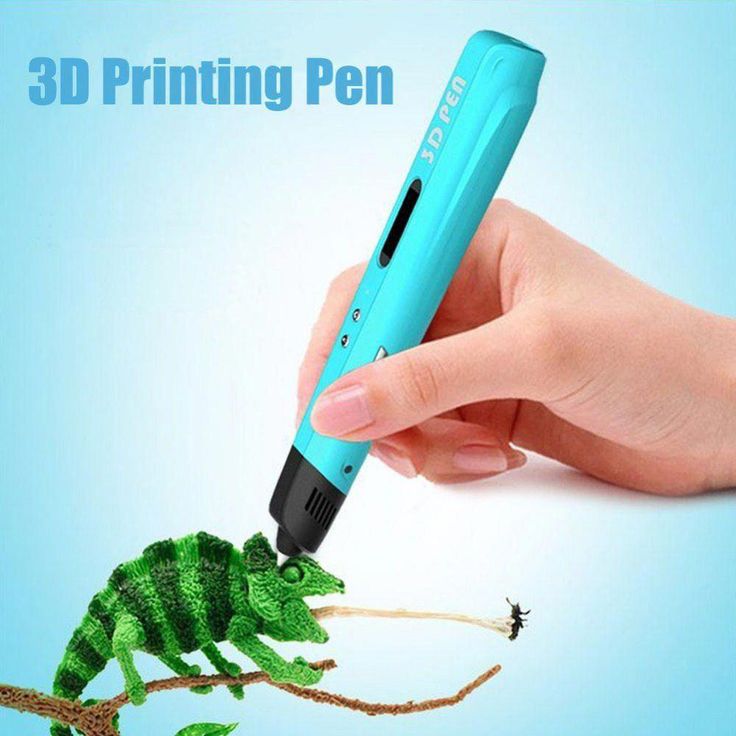 Unfortunately, not everyone can afford to have even an entry-level 3D printer at home, not to mention professional equipment. But there is still an opportunity to touch the technology of the future. Meet 3D pen! nine0005
Unfortunately, not everyone can afford to have even an entry-level 3D printer at home, not to mention professional equipment. But there is still an opportunity to touch the technology of the future. Meet 3D pen! nine0005
Pictured: Myriwell RP400A 3D pens in blue, red, yellow, green, white
Draw in the air
A 3D pen is a real 3D printer in miniature. Of course, with the help of such a pen you will not be able to print a high-precision three-dimensional model, but it will be quite possible to get acquainted with the general principles of 3D printing. In addition, a 3D pen is able to awaken the creative potential hidden in each of us. After all, with its help, you just want to create something new, unique, your own! Such a pen makes no less contribution to the development of fine motor skills and spatial thinking of the child. nine0005
From the very first minutes of using the 3D pen, it immediately turns the idea of drawing upside down, because it literally draws in the air! Interest in this hobby wakes up not only among children, but also among their parents.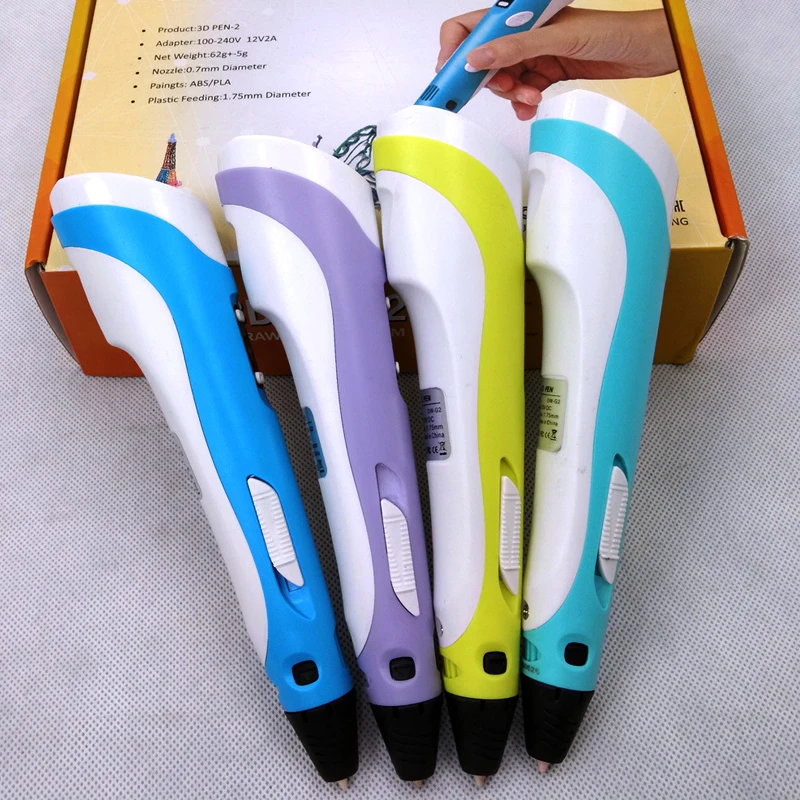 Just imagine how exciting and unusual it is to draw in three-dimensional space, first simple, and then more complex objects. Starting with modest trees, houses and flowers, you can gradually move on to voluminous and detailed objects. After a couple of weeks, you can easily make a decorative vase, a smartphone stand or a keychain. At the same time, plastic for a 3D pen will cost you much less than photopolymer resins used in modern 3D printers. Thus, the 3D pen provides a minimum threshold for getting acquainted with modern 3D printing technologies. nine0005
Just imagine how exciting and unusual it is to draw in three-dimensional space, first simple, and then more complex objects. Starting with modest trees, houses and flowers, you can gradually move on to voluminous and detailed objects. After a couple of weeks, you can easily make a decorative vase, a smartphone stand or a keychain. At the same time, plastic for a 3D pen will cost you much less than photopolymer resins used in modern 3D printers. Thus, the 3D pen provides a minimum threshold for getting acquainted with modern 3D printing technologies. nine0005
What is the secret?
Before you buy a 3D pen for your child, you are probably interested in such aspects as its design and safety. Modern three-dimensional pens use polymer alloys as consumables, which form thin multi-colored threads after hardening, from which the final products are formed. As it passes through the 3D pen, the plastic filament is heated to a high temperature by the heating element, becoming very plastic.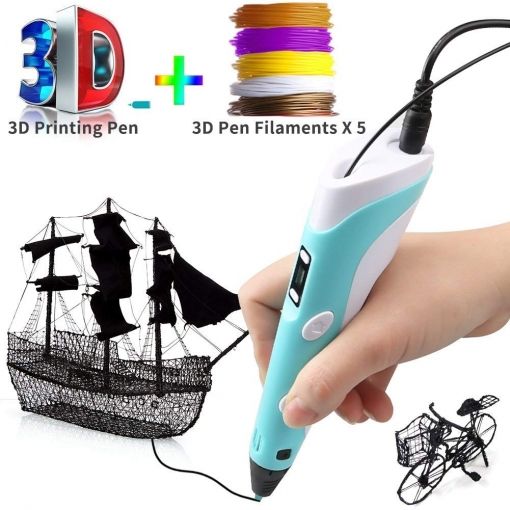 In this form, it easily passes through the nozzle and quickly hardens. Thus, you can give the figure any desired shape, as if you were drawing it with an ordinary pencil in the air. nine0005
In this form, it easily passes through the nozzle and quickly hardens. Thus, you can give the figure any desired shape, as if you were drawing it with an ordinary pencil in the air. nine0005
According to the type of plastic and the method of its polymerization, the handles are divided into "hot" and "cold". Let's look briefly at each type.
Hot 3D pens
As the name implies, this category includes pens that use a plastic thread (filament) to build a figure, which is heated to high values \u200b\u200bin the process. The filament is sold in spools and comes in a wide range of colors. The "hot" 3D pen is powered by a 220 V household power supply through the supplied adapter. nine0005
Pictured: Myriwell RP800A 3D pen with OLED display, blue
Before using plastic for a 3D pen, one of its parts is bent and filled into a special hole located in the upper part of the product. After that, it is necessary to set the temperature recommended by the plastic manufacturer.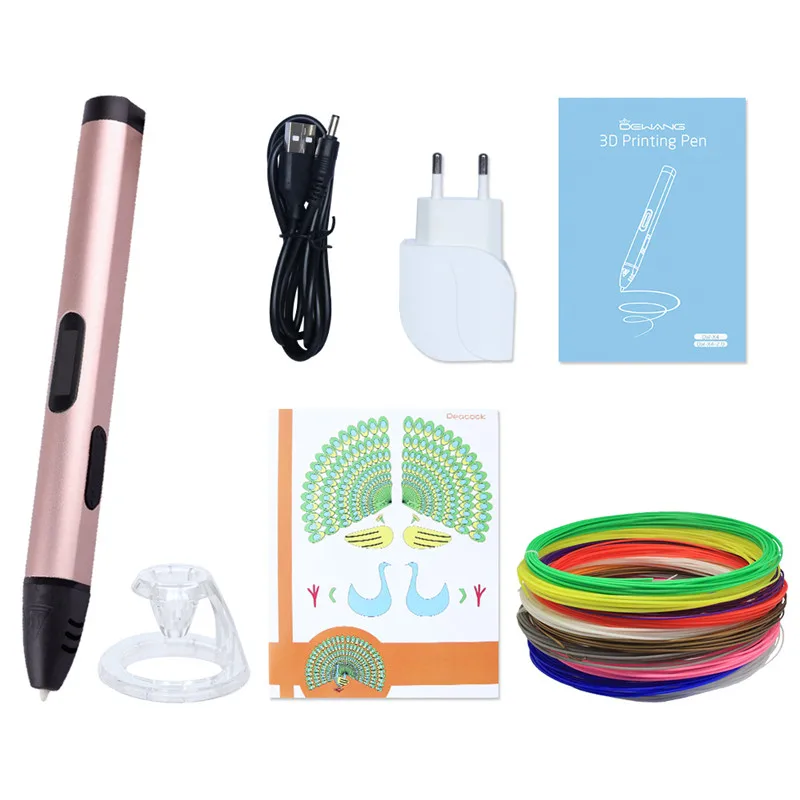 The 3D LCD pen is somewhat more convenient in this regard, as it is equipped with an informative display. You can also set the speed at which the filament comes out of the nozzle. nine0005
The 3D LCD pen is somewhat more convenient in this regard, as it is equipped with an informative display. You can also set the speed at which the filament comes out of the nozzle. nine0005
Despite their name, "hot" handles remain cold throughout the entire process of operation. Although the heating element is capable of heating up to 270 ° C, it is reliably isolated from the outer walls of the case. And don’t let the high operating temperatures scare you: the plastic cools down very quickly, so even if a child accidentally touches a freshly hardened thread, he will by no means get burned. The only thing to be wary of is the nozzle of the pen located at its end. Otherwise, the device is absolutely safe and can be used by children over the age of 6 years. nine0005
Plastic for this type of 3D pen is photopolymer resin supplied in special cartridges. This type of product is considered as safe as possible, since ultraviolet light is used for polymerization, and the need for heating is completely eliminated.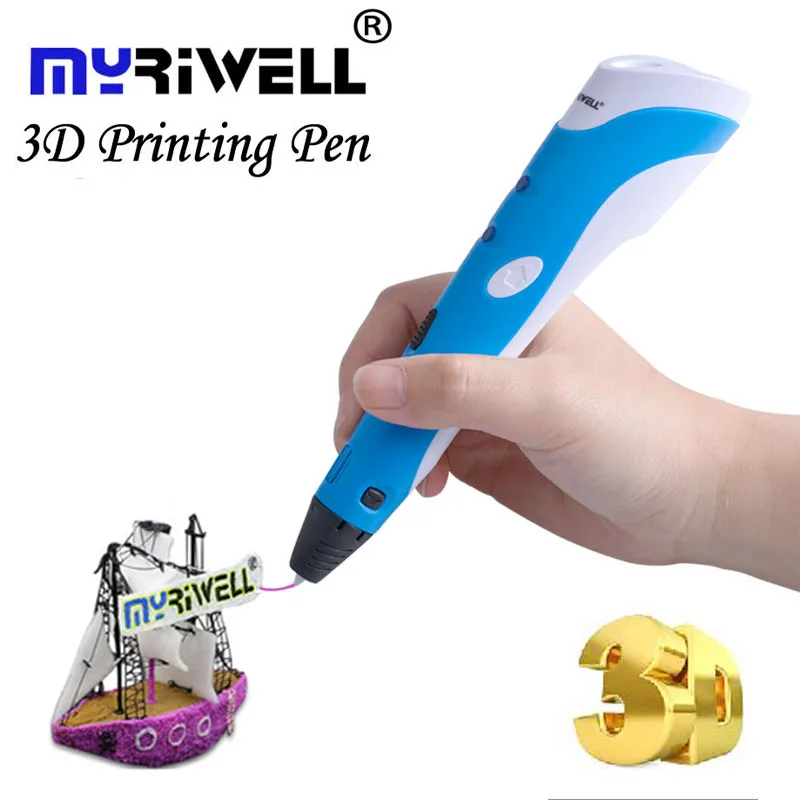 You can even draw on your hand - this process is so safe.
You can even draw on your hand - this process is so safe.
Cold 3D pens
A huge plus of the "cold" type pens is a wide choice of materials: the assortment includes not only colored, but also translucent, flexible and even biodegradable photopolymer resins. nine0005
Another indisputable advantage of "cold" pens is the complete absence of smell while working with them. This is especially true when conducting all kinds of master classes, when several people simultaneously learn 3D modeling, while being in a small studio.
Weights and dimensions
Before you buy a 3D pen, be sure to find out what its dimensions and weight are. This is especially true if a child will work with the device, because when creating 3D objects, he will have to hold the product on weight for a long time. The lighter the 3D pen, the easier and faster the child will be able to get used to it and the more pleasant it will be for him to draw in the future. nine0005
The weight of modern 3D pens ranges from 35 to 65 g. The manufacturer indicates this characteristic on the official website or in the instruction manual. By the way, in some cases, you can sacrifice this parameter in favor of extended functionality. So, for example, if the LCD 3D pen weighs 5-10 g more than the screenless version, we recommend choosing a screen.
The manufacturer indicates this characteristic on the official website or in the instruction manual. By the way, in some cases, you can sacrifice this parameter in favor of extended functionality. So, for example, if the LCD 3D pen weighs 5-10 g more than the screenless version, we recommend choosing a screen.
As for dimensions, 3D pens do not differ much in this parameter, so we recommend paying more attention to ergonomics and personal feelings. If possible, try the device before purchasing it. The product should lie comfortably in the brush and not slip out of it. Pay attention to the location of the buttons: will it be convenient for the child to press them? nine0005
Display
In the photo: Myriwell RP100B 3D pens with LCD display in blue yellow, pink, magenta.
The handles of the first generation were not equipped with screens, so temperature adjustment was carried out with buttons without any visual display of the set values.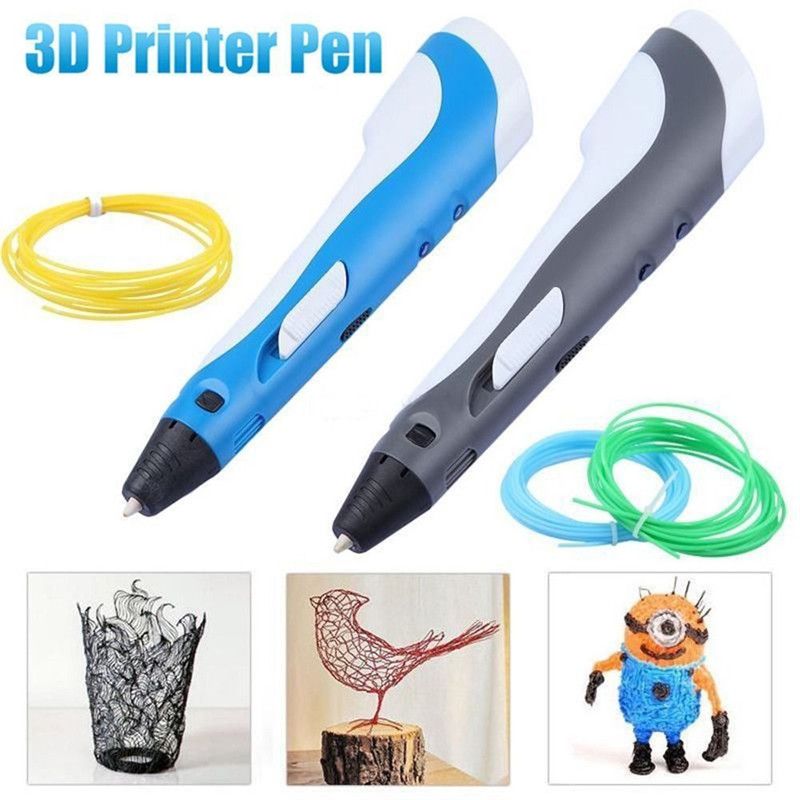 Now most manufacturers complete their 3D pens with LCD displays (the only exception is the budget segment). The presence of the display allows you to monitor the temperature of the heating element, the speed of the plastic feed and its type. This greatly simplifies the work with a 3D pen, especially if the object created with it consists of various types of plastic. nine0005
Now most manufacturers complete their 3D pens with LCD displays (the only exception is the budget segment). The presence of the display allows you to monitor the temperature of the heating element, the speed of the plastic feed and its type. This greatly simplifies the work with a 3D pen, especially if the object created with it consists of various types of plastic. nine0005
Plastic feed rate
By adjusting the plastic feed speed, you can achieve the optimal ratio of ease of drawing and accuracy. In modern 3D pens, there are two options for adjusting the feed rate: mechanical and electronic. The mechanical method is used in the first generation of handles and has a small speed range. Electronic adjustment is more accurate: the speed change step is smaller, and their number can reach 9 or more. nine0005
Nozzle and diameter
The nozzle is the sharp tip of the pen that sets the direction of the plastic coming out of it. As a rule, the nozzle forms a single structure with the body and working elements of a 3D pen, but in some cases it acts as a replaceable element.
There are two types of nozzle: metal and ceramic. The metal type is more common. Such nozzles are practical and durable. Ceramic nozzles, in turn, allow you to draw finer details. For the first time such nozzles appeared on Myriwell 3D pens. nine0005
Pictured: Myriwell 3D pen nozzles RP100A and RP600A
A 3D pen with interchangeable nozzles opens up a huge scope for creative experiments, because the user has the opportunity to install nozzles of various diameters and shapes while working on an object. For example, you can make a frame using a round thread of a large diameter, and then proceed to the melting of decorative elements with a thread with an oval or triangular section of a thinner diameter. nine0005
Consumables
Plastic for a 3D pen is represented by the following varieties:
- ABS;
- PLA;
- WATSON;
- SLA.
The first three varieties are focused on "hot" 3D pens.